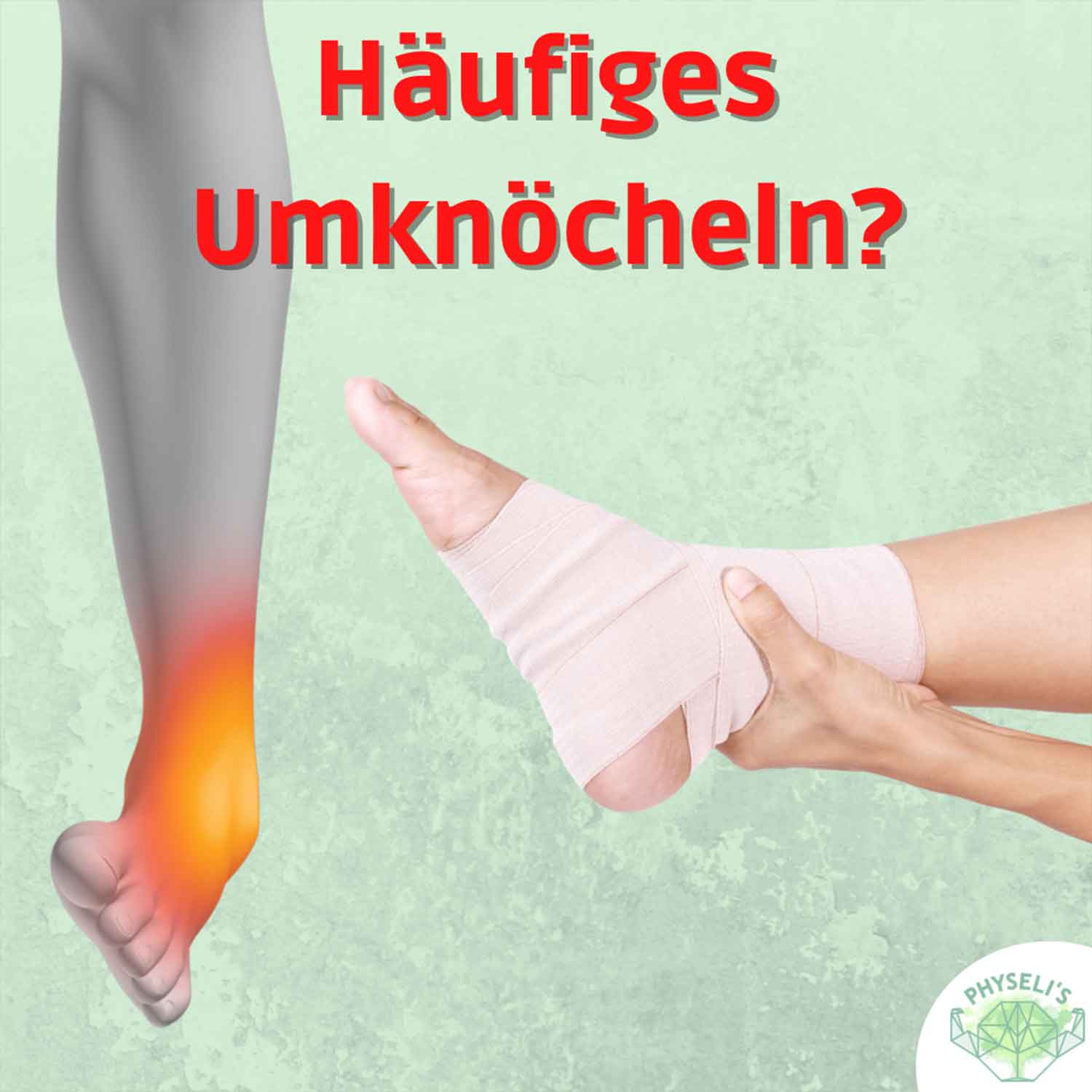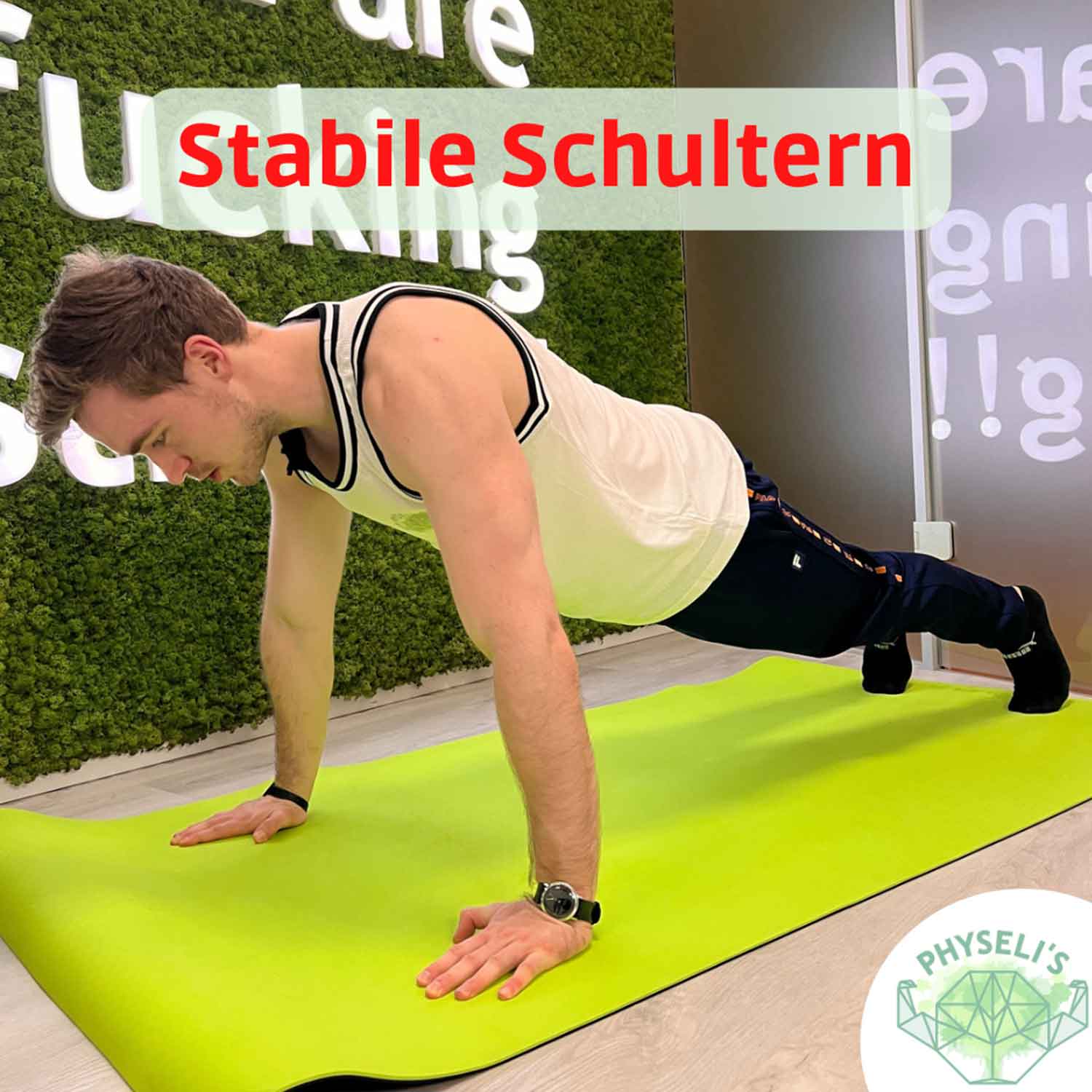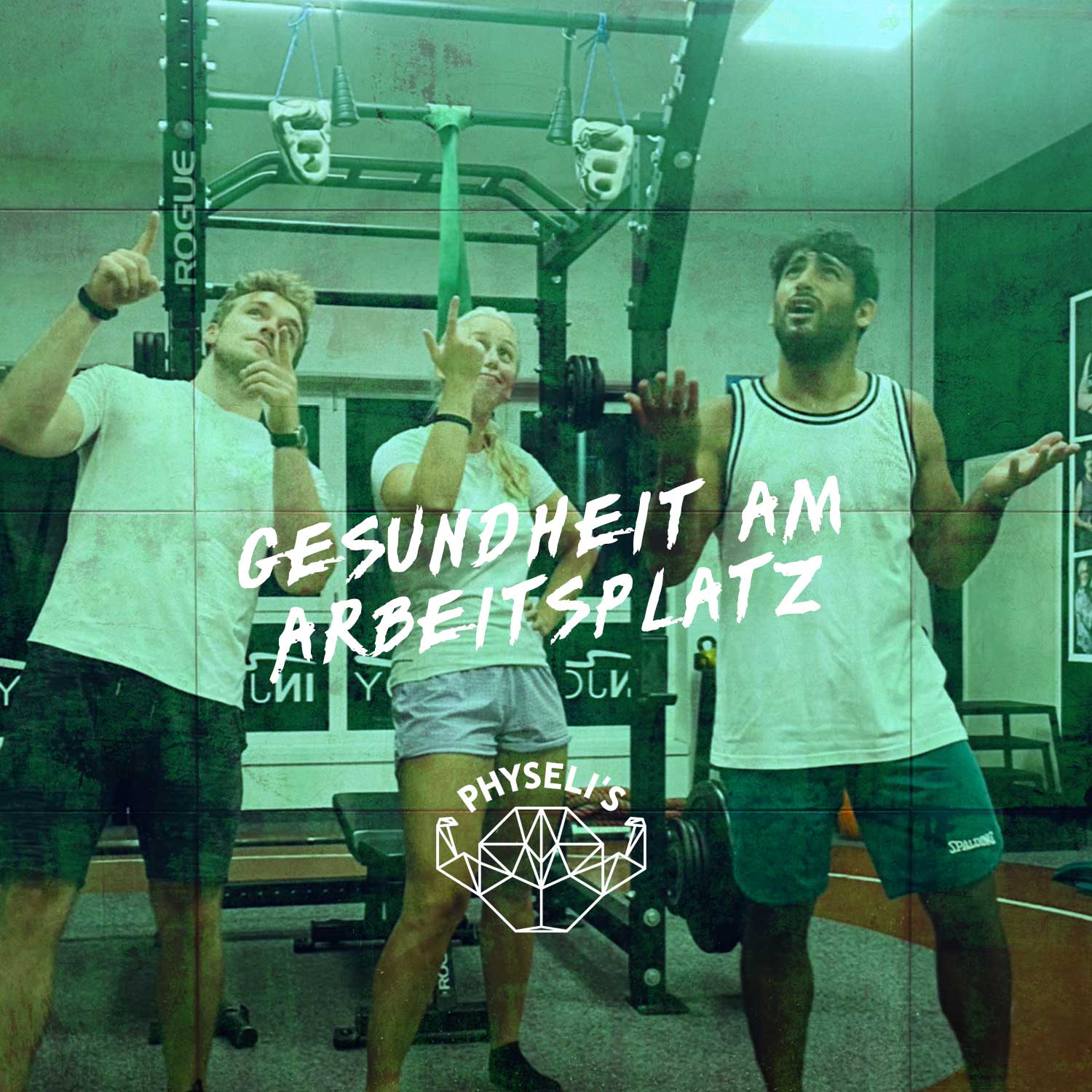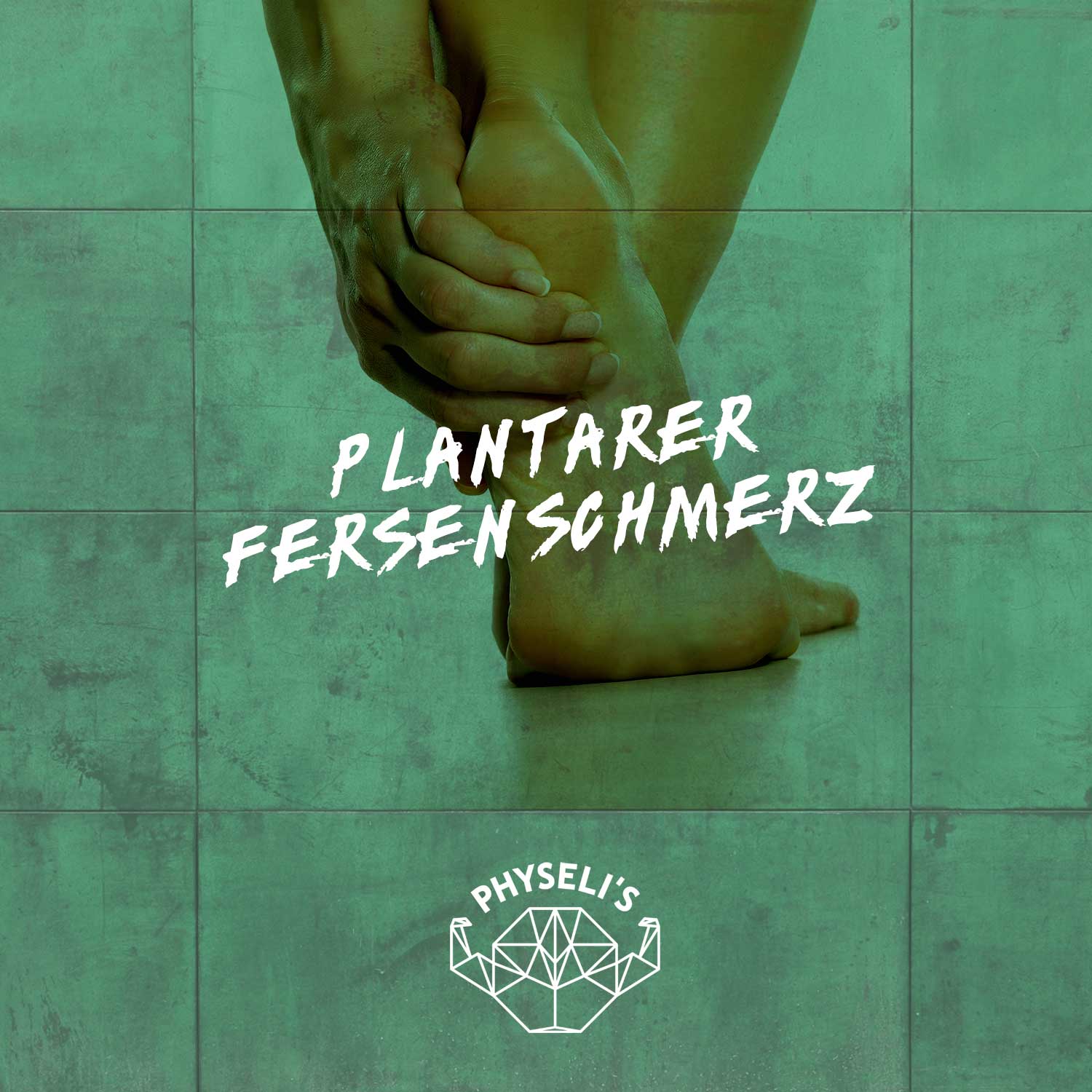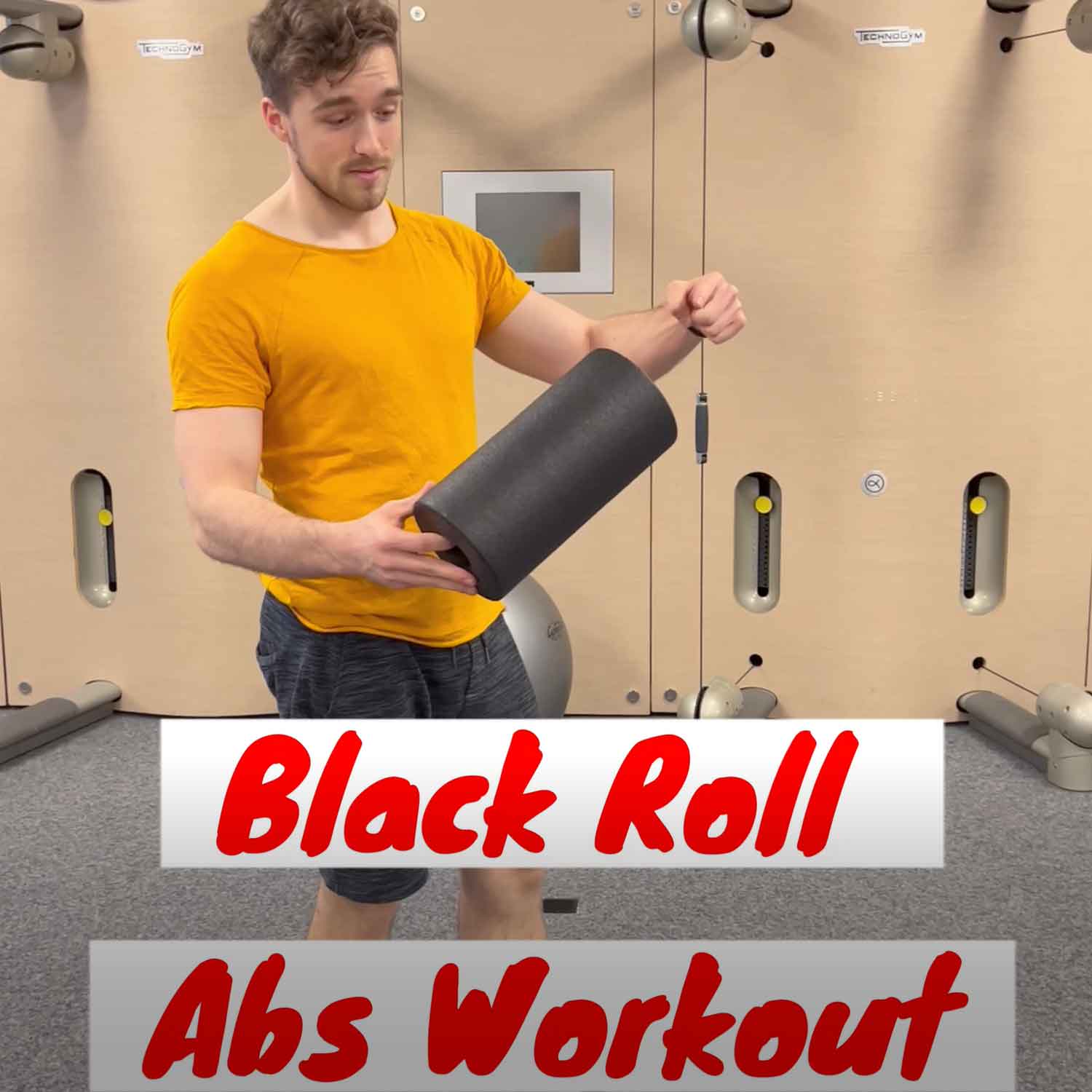Almost all of us have twisted our ankles at one time or another. This often involves twisting the foot over the outside, which can result in injury to the ligamentous apparatus around the outer ankle, known as supination trauma. Here you will find important information and helpful tips on how to avoid such injuries and how to treat them properly.
Risk factors:
Certain factors increase the risk of suffering supination trauma. Among the most important are:
- Limited dorsiflexion of the foot: this means that the ability to pull or lift the forefoot is impaired.
- Reduced proprioception/depth sensitivity: This refers to the limited intrinsic sensation of body parts according to their position in space.
- Restricted balance: Reduced balance ability increases the risk of supination trauma.
- Playing certain sports: People who play sports such as basketball, volleyball, outdoor soccer (on grassy surfaces) and rock climbing are particularly at risk.
Diagnosis:
For more severe injuries, it is critical to rule out a possible fracture in the foot. A helpful tool for this is the Ottawa Ankle Rules. This is a series of tests: if at least one of the tests is positive, an X-ray should definitely be taken. However, if all tests are negative, a fracture can be ruled out with a high degree of probability and an x-ray is usually not necessary.
If there is a bruise and at the same time there is pressure pain in the area of the outer ankle and/or if the anterior drawer test of the ankle joint is positive, this strongly suggests a torn ligament in the area of the outer ankle.
It is always advisable to consult a specialist and have a precise diagnosis made if you are unsure.
Therapy:
There is no clear evidence that rest, ice, compression, and elevation alone are sufficient to reduce pain, relieve swelling, and restore function. Complete immobilization in a cast leads to poorer healing results compared to partial immobilization, for example with tape, in combination with targeted exercises.
Targeted therapy aimed at preventing recurrence of supination trauma and preventing chronic instability is particularly important. Without proper treatment, there is a risk of permanent ankle instability, which in turn can lead to repeated and frequent twisting of the ankle. It is therefore crucial to seek medical or physiotherapeutic treatment in order to receive an individually adapted therapy
Source:
Vuurberg, G., Hoorntje, A., Wink, L. M., van der Doelen, B. F. W., van den Bekerom, M. P., Dekker, R., van Dijk, C. N., Krips, R., Loogman, M. C. M., Ridderikhof, M. L., Smithuis, F. F., Stufkens, S. A. S., Verhagen, E. A. L. M., de Bie, R. A., & Kerkhoffs, G. M. M. J. (2018). Diagnosis, treatment and prevention of ankle sprains: update of an evidence-based clinical guideline. British journal of sports medicine, 52(15), 956. https://doi.org/10.1136/bjsports-2017-098106
In the patient example below, three effective exercises are presented to strengthen the muscles of the foot and lower leg. Special focus is placed on stabilization against twisting of the foot over the outer edge of the foot. All exercises primarily train the muscles that enable pronation of the foot (lifting the outer edge of the foot) or work against supination (lifting the inner edge of the foot). These exercises can be especially helpful if you frequently twist your ankle or as part of a rehab program after supination trauma.
1️⃣ Isolated pronation with loop band
- Position: Sitting. Only the foot moves in the process.
2️⃣ “Step Overs”
- A more challenging exercise that also trains balance.
- The band pulls the leg outward and the foot into supination. Therefore, it is necessary to counteract the lifting of the inner edge of the foot with the whole leg. For a stronger focus on the foot, you could also place the band below the knee or around the ankles.
3️⃣ “Inclined standing scale
- The strap is attached directly around the foot (this would also be possible with the “Step Overs”). The practitioner must counteract the lifting of the inner edge of the foot. Touching the floor with the hands in an oblique position in front of or next to the front foot additionally requires working harder against the lifting of the inner edge of the foot.
It is recommended that such exercises be performed as part of a physical therapy or training program to ensure that they are performed correctly and effectively.
